The Symptoms, How It's Spread, And Risk To The Public
Recently, we have experienced the greatest pandemic of our modern era, and we haven’t eradicated the virus, but now scientists have to compete with the reemergence of Monkeypox. There have been 588 million worldwide coronavirus cases, and 6.43 million deaths as the result of the coronavirus, but now the thought of contracting Monkeypox has once again has the world on edge.
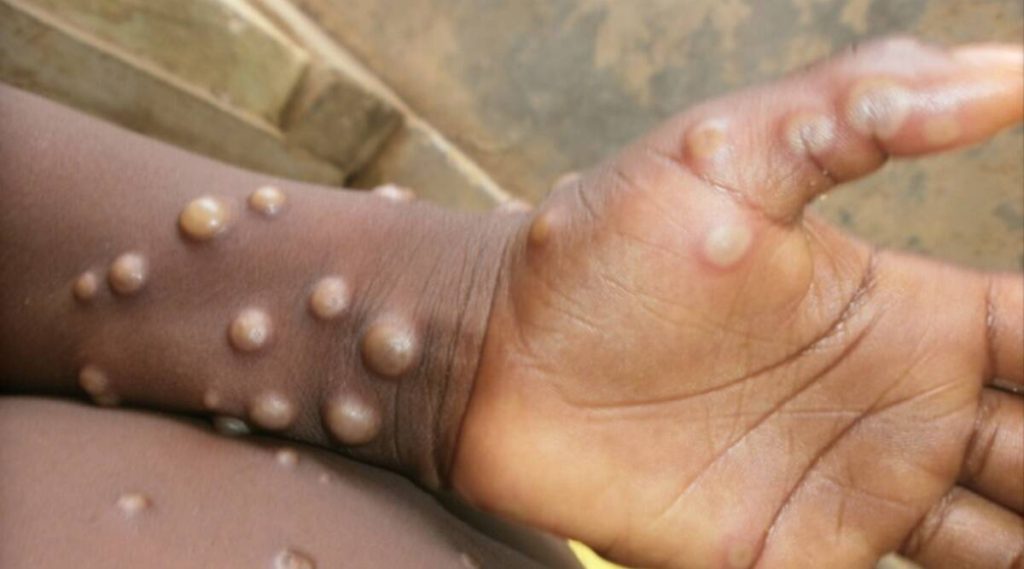
For most people, if they diagnosed you with Monkeypox, it’s not the end of your world, because Monkeypox symptoms typically disappear on their own in a few weeks. An infection, however, can sometimes result in serious health issues or even death. Monkeypox can cause more severe symptoms and even death in newborns, children, and persons with underlying immune weaknesses.
Monkeypox can lead to more skin infections, pneumonia, disorientation, and vision issues. In the past, between 1% and 10% of monkeypox victims have perished. It is significant to remember that death rates in various contexts may vary because of a variety of circumstances, including access to healthcare. Due to historically low levels of surveillance for monkeypox, these numbers could be inflated. There have been no fatalities to date in the recently affected nations where the current outbreak is occurring.
Now let’s speak about the origins of Monkeypox:
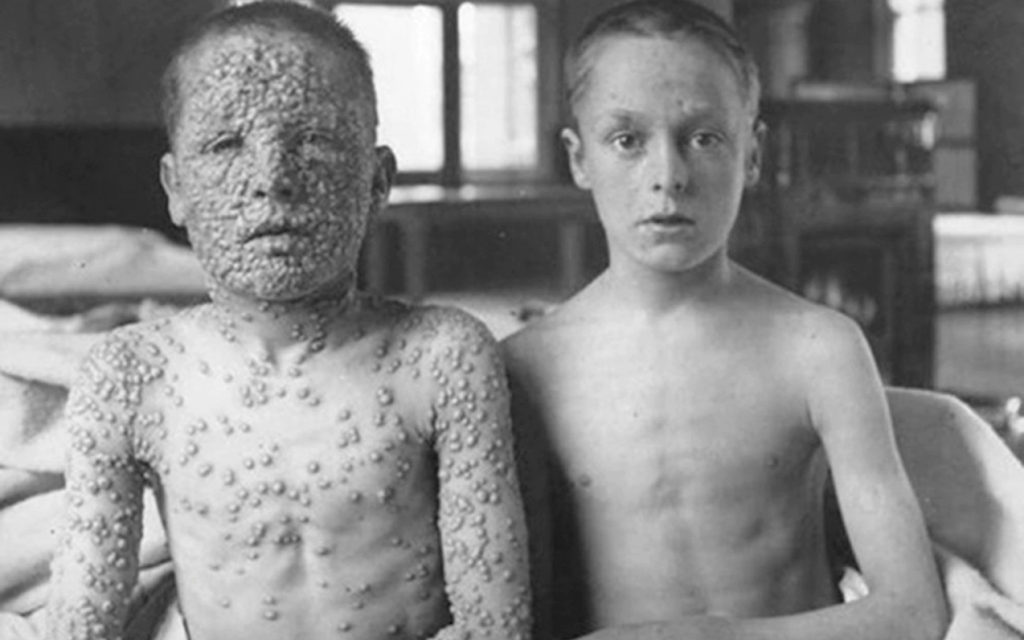
Infection with the monkeypox virus brought A rare condition known as the variola virus, which causes smallpox, and the monkeypox virus are both members of the same virus family. Smallpox symptoms are comparable to those of monkeypox, but they are milder, and monkeypox rarely results in death. Monkeypox and chickenpox are unrelated.
Two outbreaks of a disease resembling the pox in colonies of monkeys kept for research led to the discovery of monkeypox in 1958. Despite being called “monkeypox,” the disease’s origin is still a mystery.
However, the virus may be carried by African rodents and non-human primates (such as monkeys) and infect humans.
In 1970, the first instance of monkeypox in humans was noted. They had documented Monkeypox cases before the 2022 outbreak in several central and western African nations. Prior to recently, practically all occurrences of monkeypox in individuals outside of Africa were connected to either imported animals or foreign travel to nations where the illness frequently occurs. These incidents happened on many continents.
While clinically less severe than smallpox, monkeypox is a viral zoonosis (a virus that spreads from animals to people). It has symptoms that are comparable to those of smallpox. Monkeypox has replaced smallpox as the most significant orthopoxvirus for public health since smallpox was eradicated in 1980 and smallpox vaccinations were subsequently discontinued. Primarily affecting central and west Africa, monkeypox has been spreading into cities and is frequently seen close to tropical rainforests. Many rodent species and non-human primates serve as hosts for animals.
The Disease
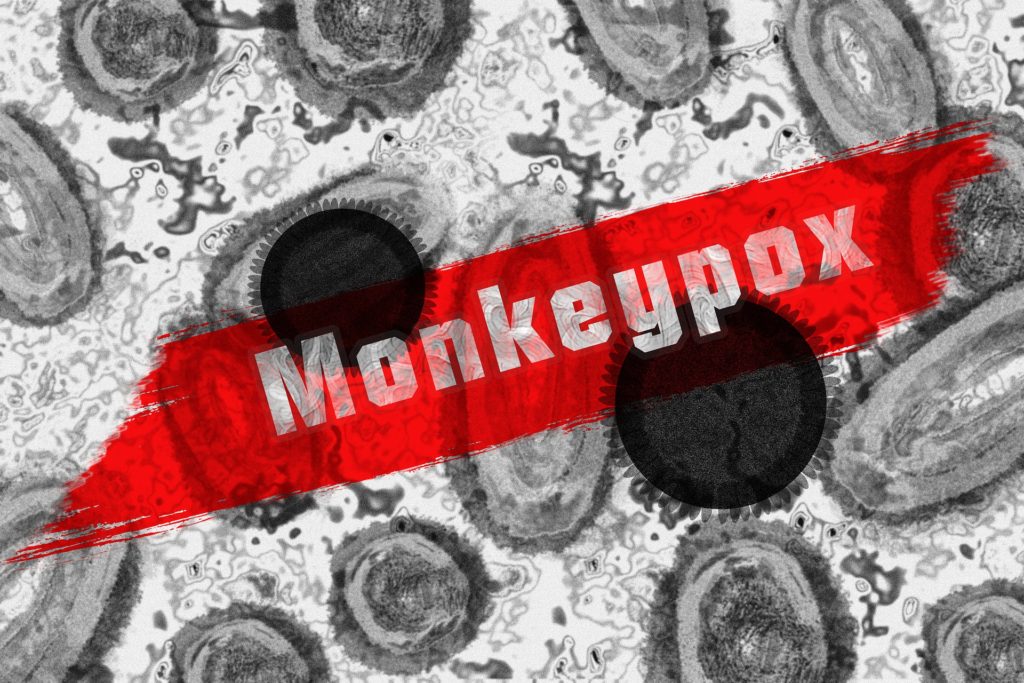
The Orthopoxvirus genus of the Poxviridae family contains the enclosed double-stranded DNA virus known as the monkeypox virus. The central African (Congo Basin) clade and the west African clade are two separate genetic clades of the monkeypox virus. In the past, they thought the Congo Basin clade to be more contagious and to produce more severe illness.
The only nation where both viral clades have been discovered is Cameroon, which serves as the geographic boundary between the two groups.
The Monkeypox Virus's Natural Host
The monkeypox virus has been found to be susceptible to several animal species. This comprises non-human primates, dormice, rope and tree squirrels, Gambian pouched rats, and other species. There is still uncertainty about the monkeypox virus’s natural history, and further research is required to pinpoint the precise reservoir or reservoirs and understand how the virus circulates in the wild.
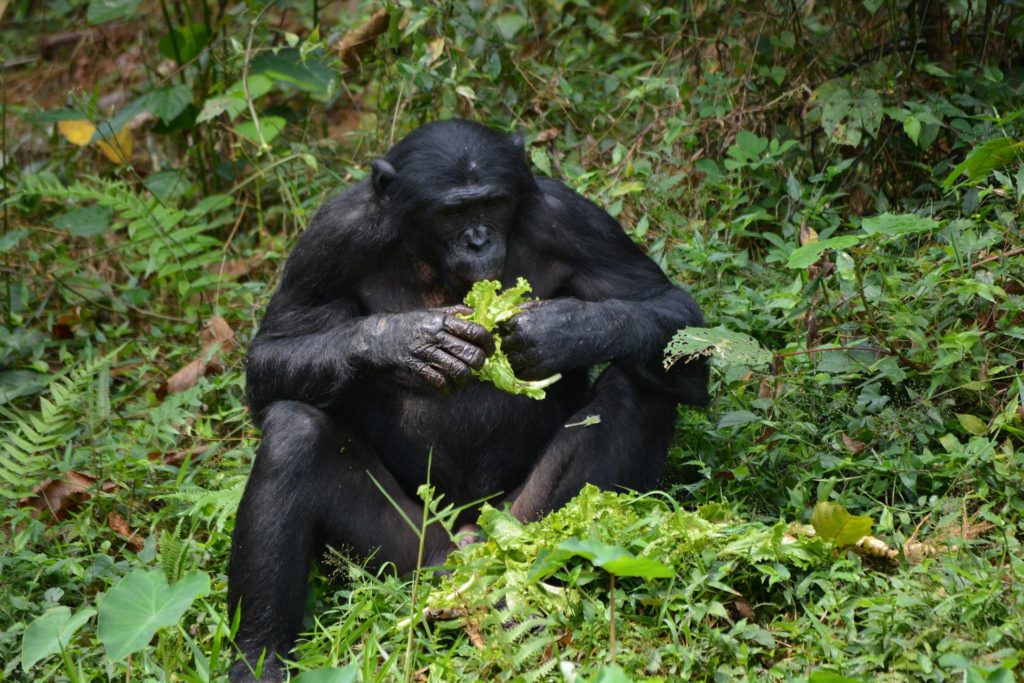
Outbreaks
In the Democratic Republic of the Congo, where smallpox had been eradicated in 1968, a 9-month-old boy was the first person to be diagnosed with human monkeypox. Since then, they have progressively recorded human cases from central and west Africa, with the majority of cases coming from the rural rainforest parts of the Congo Basin, mainly in the Democratic Republic of the Congo.
Benin, Cameroon, the Central African Republic, the Democratic Republic of the Congo, Gabon, Cote d’Ivoire, Liberia, Nigeria, the Republic of the Congo, Sierra Leone, and South Sudan are the 11 African nations where human cases of monkeypox have been documented since 1970. Unknown is the true cost of monkeypox. For instance, they reported an epidemic with a lower case fatality ratio and a higher attack rate than typical in the Democratic Republic of the Congo in 1996–1997. Monkeypox and chickenpox outbreaks that occurred simultaneously in this instance could be explained by real or apparent modifications in the dynamics of transmission produced by the varicella virus, which is not an orthopoxvirus. Over 500 suspected cases, over 200 confirmed cases, and a case fatality rate of about 3% have been reported in Nigeria since 2017. Cases are still being reported today.

Given that it affects the rest of the world in addition to countries in west and central Africa, monkeypox is a disease of worldwide public health significance. The first monkeypox outbreak outside of Africa occurred in the United States of America in 2003, and contact with pet prairie dogs that had the disease was to blame. These pets had been kept with dormice and pouched rats from Ghana that were imported from the Gambia.
Over 70 cases of monkeypox were brought on by this outbreak in the US. Travelers from Nigeria to Israel in September 2018, the UK in September 2018, December 2019, May 2021, and May 2022, Singapore in May 2019, and the United States of America in July and November 2021 have also been reported to have monkeypox.
They found Monkeypox cases in several non-endemic nations in May 2022. Studies are being conducted right now to learn more about the epidemiology, sources of illness, and patterns of transmission.
Transmission
Direct contact with the blood, body fluids, cutaneous or mucosal lesions of infected animals can result in animal-to-human (zoonotic) transfer. Many animals in Africa, including rope squirrels, tree squirrels, Gambian pouched rats, dormice, various species of monkeys, and others, have shown signs of monkeypox virus infection. Rodents are the most plausible candidates for the monkeypox natural reservoir, though this has not yet been determined. Eating undercooked meat and other diseased animal products is a potential risk factor. People who live in or close to forests may be indirectly or minimally exposed to diseased animals.

Close contact with respiratory secretions, skin sores on an infected person, or recently contaminated objects can cause human-to-human transmission. Health professionals, family members, and other close contacts of current patients are more at risk because droplet respiratory particles typically require extended face-to-face contact. The number of person-to-person infections in a community’s longest documented chain of transmission has increased from 6 to 9 in recent years. This might indicate a general decline in immunity brought on by the end of smallpox vaccination campaigns. Congenital monkeypox can result through transmission through the placenta, which can also happen during intimate contact during labor and after delivery. Although close physical contact is a known risk factor for transmission, it is not known at this time whether monkeypox can particularly spread through sexual intercourse. Studies are required to comprehend this risk better.
Symptoms and Signs
Monkeypox typically takes 6 to 13 days to incubate, although it can take anything from 5 to 21 days for symptoms to appear.
Fever, severe headache, lymphadenopathy marked the 0–5-day invasion period (swelling of the lymph nodes), back pain, myalgia (muscle aches), and severe asthenia (lack of energy). In contrast to other illnesses that may first look identical (chickenpox, measles, smallpox), lymphadenopathy distinguished monkeypox. The skin eruption often starts 1-3 days after the onset of fever. Instead of the trunk, the rash is more frequently found on the face and limbs. In 95% of cases, it affects the face, and in 75% of cases, it affects the palms of the hands and the bottoms of the feet. Along with the cornea, oral mucous membranes, genitalia, and conjunctivae are all also affected in 70% of instances.
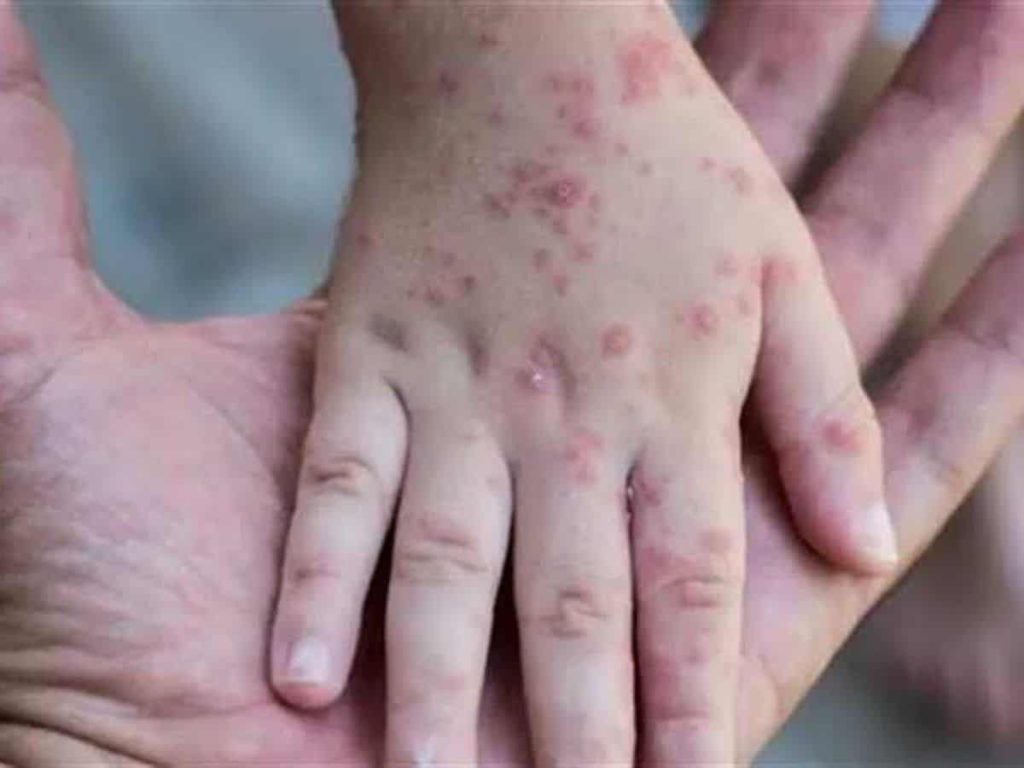
Typically, monkeypox is a self-limiting illness with symptoms that last between two and four weeks. Children are more likely to experience severe cases, which are connected to the level of viral exposure, the patient’s condition, and the type of problems. The results could be worse if immunological deficits were present. Although smallpox immunization proved protective in the past, people under the age of 40 to 50 (depending on the country) may now be more susceptible to monkeypox due to the worldwide discontinuation of smallpox vaccine campaigns after they eradicated the illness.
Monkeypox complications can include secondary infections, bronchopneumonia, sepsis, encephalitis, and corneal infections with subsequent vision loss. It is unknown how widespread an asymptomatic infection might be.
MonkeyPox In the Gay Community
Gay and bisexual males, among whom nearly all 9,492 diagnoses in the United States have occurred, find themselves at a similar fork in the road today because of the rapidly spreading monkeypox epidemic. A virus that spreads primarily through sex between men is terrible agony. Although public health professionals today strongly support LGBT people, they frequently provide mixed messages and cannot offer timely prevention and treatment.
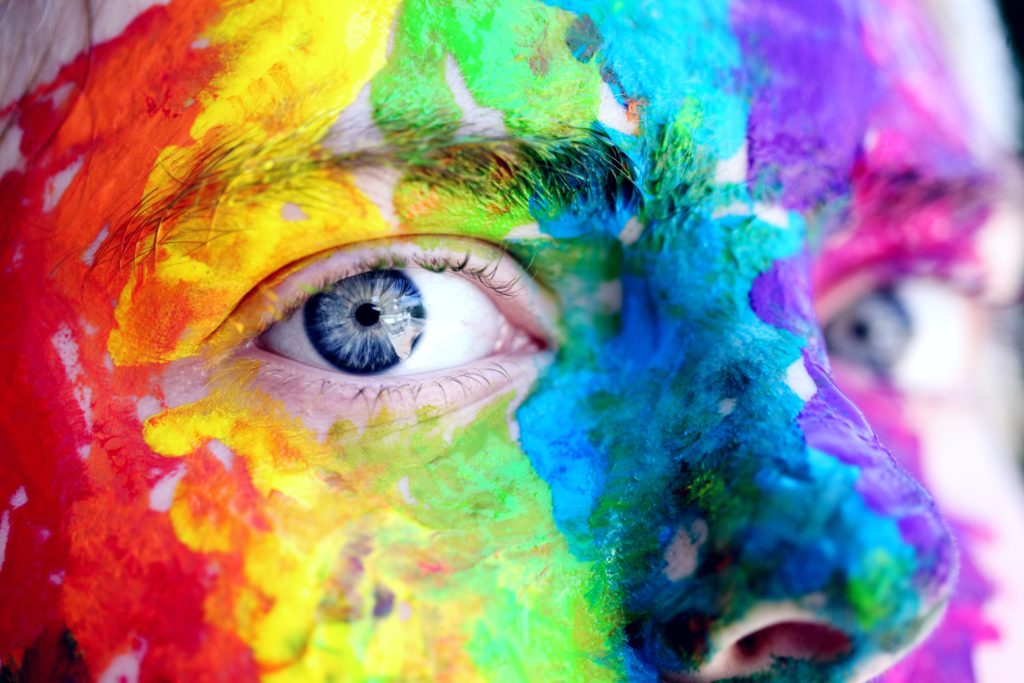

Demetre Daskalakis, the White House’s new monkeypox deputy, and other Centers for Disease Control and Prevention officials routinely downplay the crucial role that sex between men plays in monkeypox transmission and overemphasize the rare instances that spread through other methods. In its monkeypox safer-sex brochures, the government can’t even bring itself to use the words “gay” or “male.”
This resistance stems from a deeply held conviction that asking gay men to change their sexual behavior is inherently homophobic or stigmatizing. Given the all-too-human reluctance to being told what to do in private affairs, especially in a community where sex lives have a history of being criminalized, the idea is at least partially reasonable; it understands that such demands could backfire. It also acknowledges the growth in anti-LGBTQ policies and sentiment (including attacks motivated by the monkeypox) as well as the fact that some people in the country continue to use homosexual men’s sexual conventions as justification for discrimination.